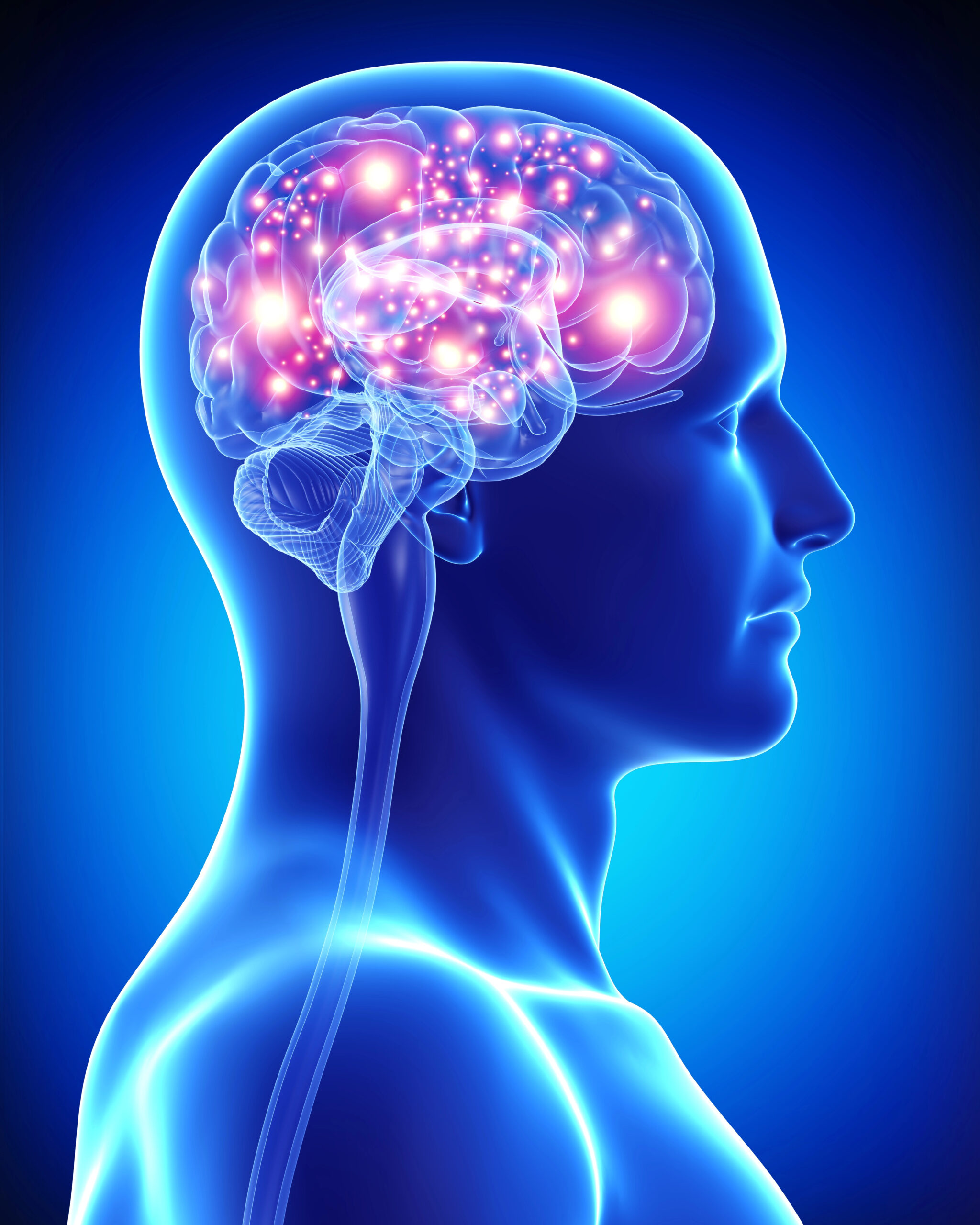Stroke remains one of the leading causes of long-term disability worldwide, affecting millions each year. This medical condition occurs when the blood supply to part of the brain is interrupted or reduced, preventing brain tissue from getting oxygen and nutrients. The aftermath often includes devastating impairments in both motor and cognitive functions, ranging from paralysis and difficulty walking to speech difficulties and memory problems. As survivors face the long road to recovery, the need for more effective rehabilitation techniques becomes crucial.
Recent studies illustrate the potential of neurofeedback to significantly improve recovery. This approach uses special equipment to guide and modify brain activity toward optimization in real time. By doing so, it helps individuals subconsciously learn to control their brain waves better. These studies highlight how neurofeedback can be tailored to address specific deficits that can help survivors regain independence and improve their quality of life. Studies have even shown that neurofeedback can significantly help improve things like memory and movement after a stroke.
Research Showing Improvements Post-Stroke
Neurofeedback is highlighted as a promising development in stroke rehabilitation in Neurorehabilitation and Neural Repair, demonstrating how neurofeedback can significantly enhance communication between the cortex and thalamus—areas of the brain crucial for motor control. By strengthening this communication, patients can potentially have better control over their movements. The study includes compelling case studies, such as one involving a patient who, after several sessions of fMRI-based neurofeedback, showed outstanding improvements in hand function, which was previously impaired. This kind of improvement is vital as it contributes directly to recovering everyday abilities, such as grasping and manipulating objects, offering stroke survivors a significant increase in quality of life.
The Journal of NeuroEngineering and Rehabilitation sheds light on how neurofeedback can be a game-changer for those struggling with cognitive impairments following a stroke. Using EEG neurofeedback, they were able to target specific areas of the brain associated with memory and cognitive functions. By training patients to control and improve their brainwave patterns, this approach has shown promising results in enhancing cognitive abilities often compromised after a stroke. For instance, patients who participated in the study exhibited improved memory recall and faster cognitive processing speeds. These improvements are critical as they contribute to everyday cognitive tasks, such as remembering names, managing schedules, and understanding conversations, ultimately helping stroke survivors regain a sense of normalcy and independence in their daily lives.
A study in Brain highlights the critical role of neural oscillations—patterns of rhythmic brain activity—in forecasting how well a stroke survivor might recover motor and language abilities. These oscillations are like the brain’s internal communication system, and their coherence (how well they sync up across different parts of the brain) can significantly influence recovery outcomes. Neurofeedback therapy taps into this by helping patients modify their neural patterns through feedback-driven treatment sessions. By learning to enhance the coherence of these oscillations, patients can potentially accelerate and improve their recovery. Understanding stroke at a foundational level allows therapists to tailor neurofeedback sessions more precisely, targeting specific brain areas and functions for rehabilitation. This targeted approach not only optimizes therapy but can significantly speed up the return of essential motor and communication skills.
An Innovative Approach
Neurofeedback therapy has the power to be a transformative tool in stroke recovery, offering options for more effective recovery. This innovative approach helps patients improve both physical and cognitive impairments. As research progresses, neurofeedback is positioned to complement traditional therapies, providing stroke survivors with a powerful means to reclaim their quality of life and independence. This technique could soon become a basis of personalized rehabilitation strategies, changing the landscape of stroke recovery for the better.
REFERENCES
Kober, S. E., Schweiger, D., Witte, M., Reichert, J. L., Grieshofer, P., Neuper, C., & Wood, G. (2015). Specific effects of EEG based neurofeedback training on memory functions in post-stroke victims. Journal of NeuroEngineering and Rehabilitation, 12(1). https://doi.org/10.1186/s12984-015-0105-6
Nicolo, P., Rizk, S., Magnin, C., Pietro, M. D., Schnider, A., & Guggisberg, A. G. (2015). Coherent neural oscillations predict future motor and language improvement after stroke. Brain, 138(10), 3048–3060. https://doi.org/10.1093/brain/awv200




